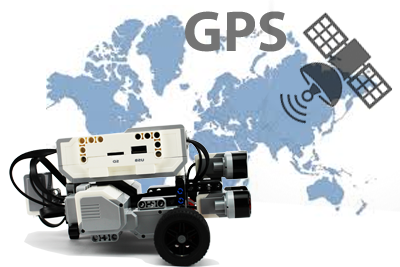Robot navigation
Learn about robot navigation. Learn what a lidar is, and how you can use it. Find out how a parking assist system works using ultrasonic distance sensor and how a robot vacuum can dock using an IR Beacon.

What Will I Learn?
- Build parking radar with ultrasonic distance sensor.
- Send alert feedbacks with the robot.
- Learn how to navigate the robot with IR beacon.
- Students will control the robot with smartphone using GPS and mobile network.
- Learn how to use YDLIRA X4.
- Learn all about QR codes.
Video
Curriculum For This Course
Video
Requirements
- This course is designed to suit users of either the EV3 home edition or the EV3 education edition.
- Users are required to have a Windows 10 PC with Bluetooth. (Most Windows 10 laptops have built in bluetooth support)
- Users will need to download Ozeki 10 from www.ozeki.hu
- Users will need to know the basics of Ozeki 10 and Lego robots. Read more information in this course.
- If you are new at robot programming it is highly recommended to complete previous courses before starting this Course.
Description
Best of all it is programming in a very userfriendly interface which is Ozeki10, the purpose of the course is to get to know the navigation and orientation ability of robot.
This course is designed for students who interested in controlling a robot with PC or smartphone. It shows you how to made a simple map with using robot, and the ultrasonic sensor how to send you a feedback for example if it collide to walls. Learn how to check the robot's coordinate with your smartphone using GPS and mobile network.
The lectures in the course provdie easy to follow step by step instructions, and a quiz. Enjoy the course!
Video
Who is the target audience?
This course is designed for learners who are interested in learning with a easy programming robot, done previous entry level courses and want to learn for example robot how to map your room using ultrasonic sensor.

 Sign in
Sign in